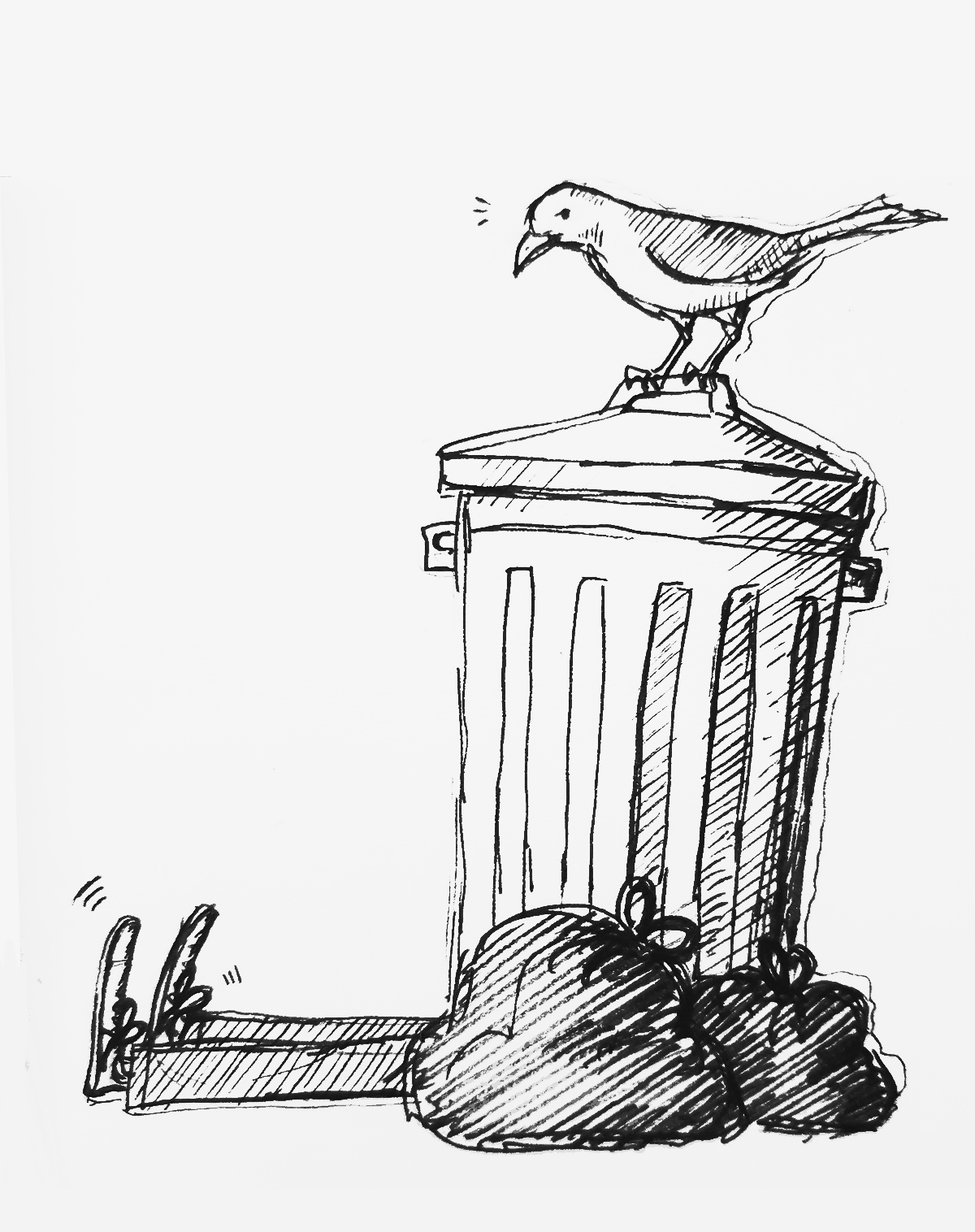It’s a familiar scene: you sit down outside the Arts Building after emerging, starving, from the afternoon’s lectures. Just as you are about to bite into your delicious lunch, a seagull swoops down and snatches it from your grasp. If it hasn’t happened to you, it’s happened to someone you know – it’s enough to deter anyone from eating outside ever again. There are countless victims of Dublin’s seagulls, and the feud between the student body and seagulls is a long-standing one. However, despite their capacity for evil, seagulls are not quite the nemesis they are made out to be. In fact, they boast many positive qualities.
The first place to begin is to debunk a common misconception: there is actually no such thing as a seagull. Instead, there are gulls, which are a large family of seagulls. What is usually understood as a seagull is, in fact, a herring gull – big, white, and grey. The first thing to note about gulls is their intelligence. Gulls are remarkably more intelligent than other species of bird – they are capable of recognising human faces. Not only this, but they can read human facial expressions and body language. They have vast memories, with the ability to remember other birds they have met before as well as where they have hidden food. They can retain this memory for a long period of time – important because gulls have exceedingly long life spans, with the oldest gull on record being thirty four years old. In addition to their expansive memory, gulls put their brain to use – gulls have been recorded dropping pieces of food into the sea to act as “bait” to catch fish, and smashing shellfish against rocks to break them open. Gulls have also been recorded flying inland to take advantage of readily available earthworms lying atop the earth after heavy downpour, demonstrating knowledge of the weather and its implications.
But intelligence is not the only impressive quality gulls possess. They also boast extreme physical prowess. Gulls, if seen up close as they steal your food, are huge. With an impressive wingspan, gulls can fly up to speeds of almost fifty kilometres per hour. They have an impeccable sense of smell, capable of detecting food from almost five kilometres away. This means if you whip out your delicious lunch outside the Trinity Arts Building, a seagull as far as UCD can smell it. This isn’t the only impressive skill gulls possess; they can also drink seawater, something that is deadly for humans. This is possible due to a special gland gulls possess that clears the salt from saltwater making it safe to drink, therefore allowing them to embark on long journeys across the sea without having to fly inland to find drinking water. It doesn’t stop there – gulls also use their flying abilities to ward off predators. Although it may surprise you, gulls are not aggressive birds like eagles or falcons. Instead, they use a technique called jinking to deter predators, which involves flying erratically to confuse pursuers.
Perhaps what is most impressive about gulls is how they have adapted to change in recent decades. Their typical coastal homes are under threat, with rising temperatures and increased urbanisation making the seaside less safe to raise chicks and more challenging to find food. In the face of this precarity, gulls have moved inland. They have put their omnivorous diets to use; while this means that any form of outdoor dining in Dublin is at risk of a seagull attack, it also means that our rubbish can be eaten by gulls. Because of this, less food goes to waste and gulls can benefit from our consumerist lifestyles. Cities and urban areas also provide safe places for gulls to nest and reproduce in the face of declining opportunities to do so by the sea – urban areas are safer from predators and offer more opportunities for food. Gulls are natural scavengers, feasting on dead animals and insects, making them an important part of the food chain.
Without a doubt, the signature call of seagulls makes up the soundtrack of Dublin. Being terrorised by seagulls is without a doubt a traumatising experience, and this article is not trying to refute that. Instead, next time you see a gull harass some tourists or snatch someone’s lunch, perhaps try to watch on with an air of admiration rather than downright hatred for the bird. Gulls have an important role to play in nature, and whether we like it or not, they’re here to stay.






